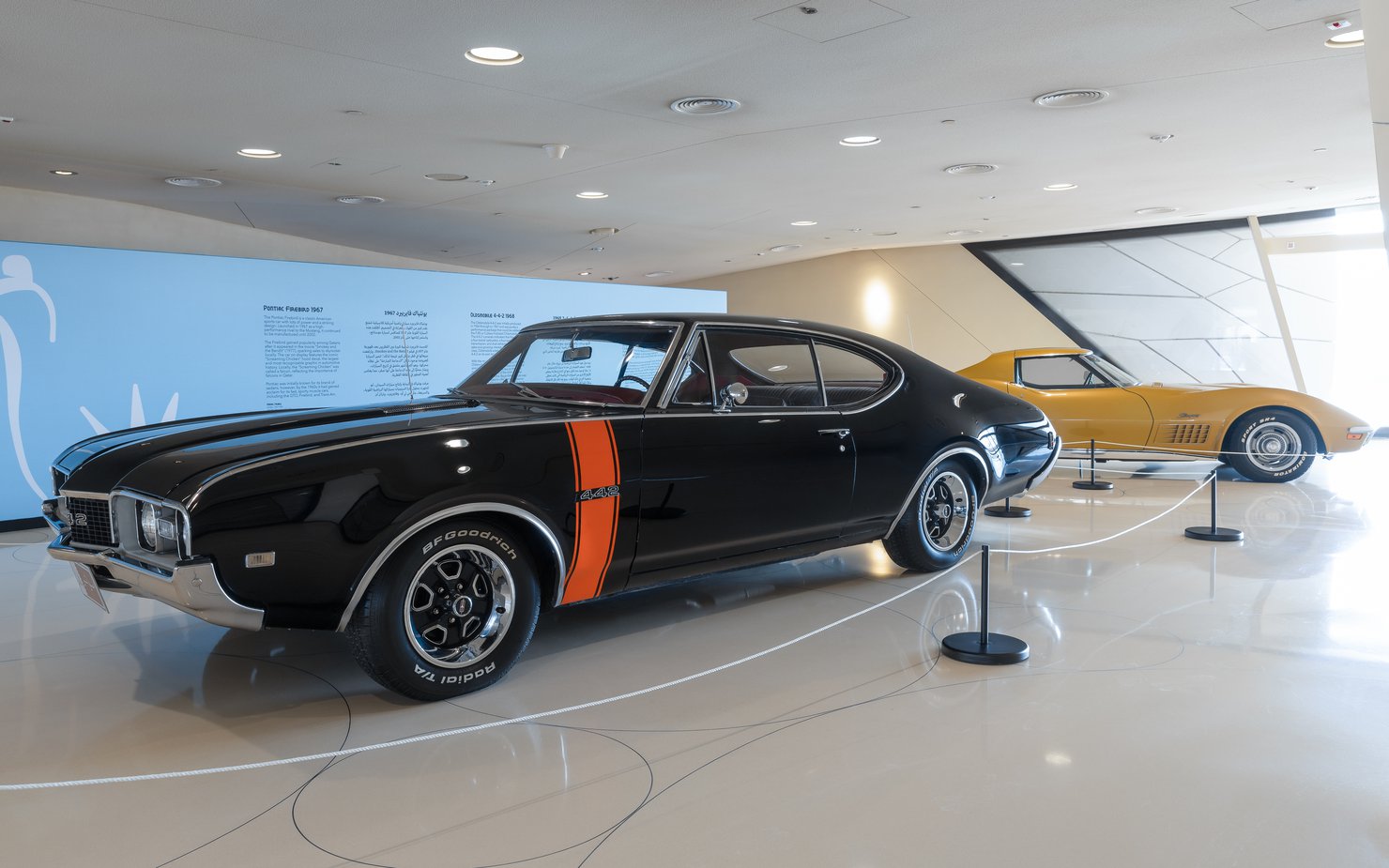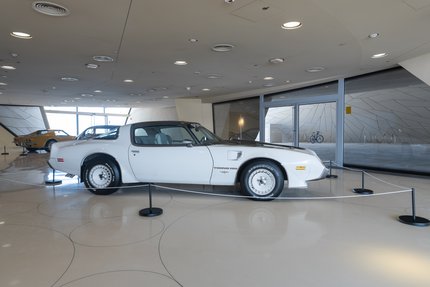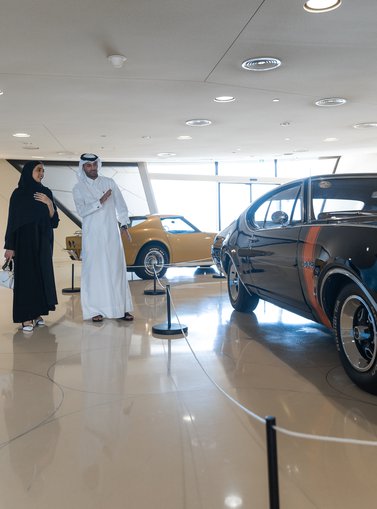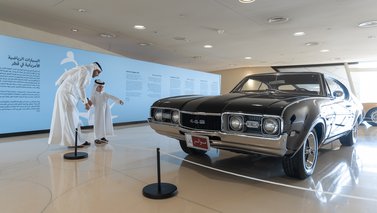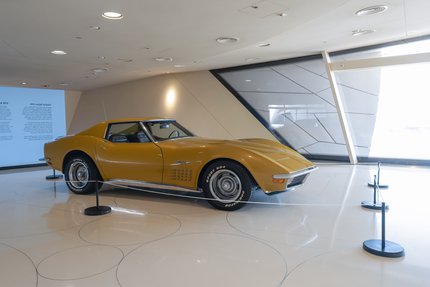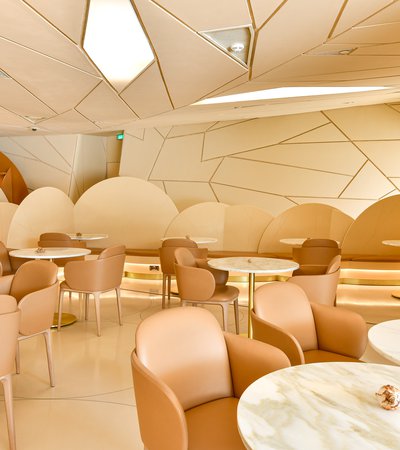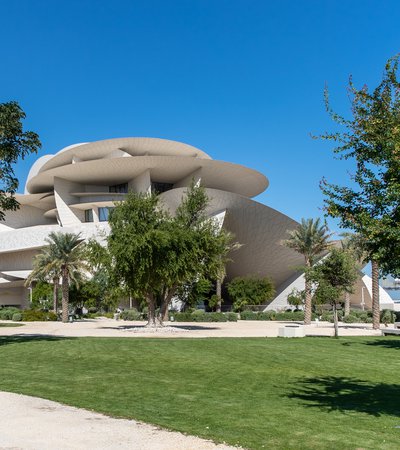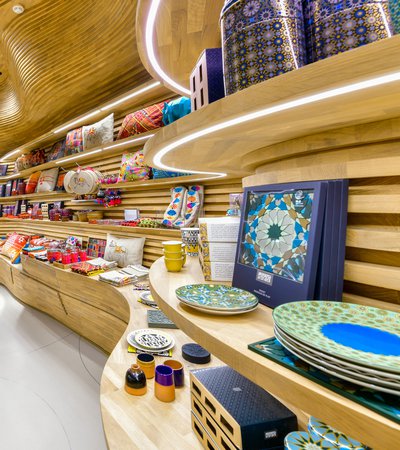Amid the post WWII boom in car ownership, fueled by growing prosperity and a surge in oil production, automobile manufacturers noticed a new trend. More and more car owners, especially younger ones, were modifying their vehicles to get more speed and power out of them. Along with the growing popularity of the hot rod scene, this convinced American companies such as General Motors and Ford to begin designing and building a high-performance vehicle that would appeal to young consumers. The muscle car was born: a fast, mid-sized vehicle with a large V8 engine, extended hoods, low-profile cabin, and lots of horsepower.
The 1960s and 70s witnessed an increasing supply for American automobiles in Qatar that reflected changing cultural needs and aspirations of the country and its people at the time. American muscle cars quickly became one of the main attractions of the era.
Fast forward more than half a century later, and the fascination with American muscle cars has evolved in line with the increasing global move to go green. Manufacturers are turning out a line of redesigned, low-emission sports vehicles that are changing the public’s perception of what a muscle car can be—fast, yes, but environmentally friendly, too.
